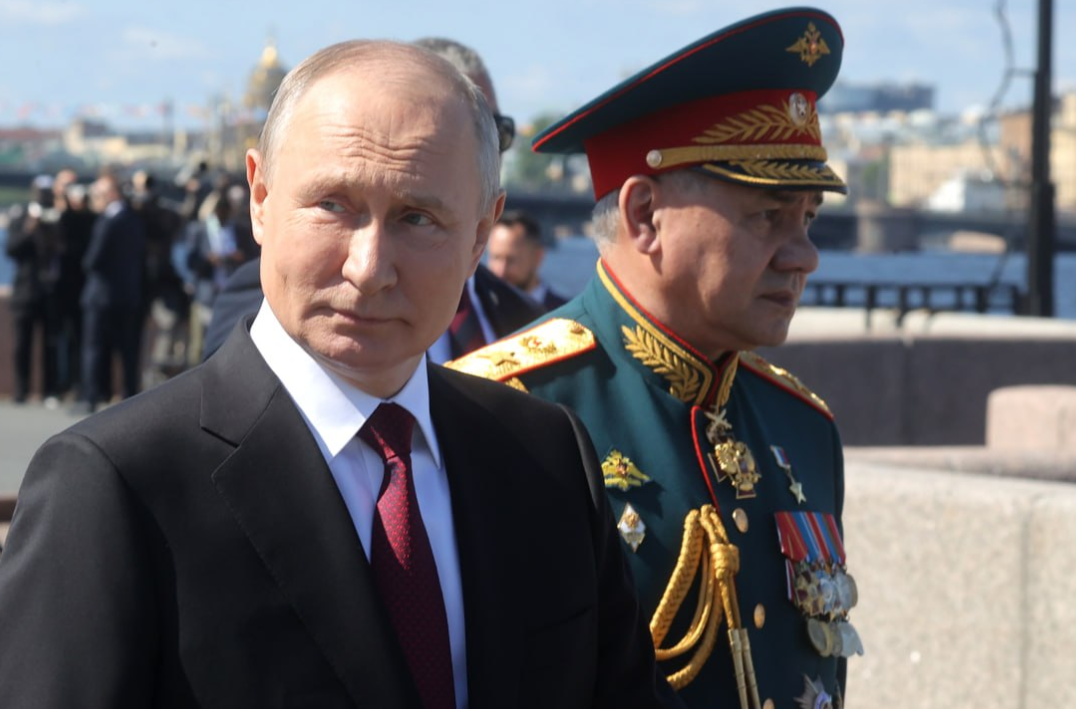Kamchatka on High Alert as Russia Launches Largest Pacific Naval Drills:Russia’s Pacific Fleet has launched massive naval drills off Kamchatka, involving over 40 ships, 30 aircraft, and 5,000 personnel. The drills feature anti-submarine warfare, air defense exercises, and live-fire training with AK-630M and AK-176M naval artillery. Led by Admiral Viktor Liina, these exercises come just days after US airstrikes on Iranian nuclear facilities, raising questions about Russia’s strategic messaging and military preparedness in the Pacific region.
Kamchatka on High Alert as Russia Launches Largest Pacific Naval Drills
In a significant show of strength, Russia’s Pacific Fleet has launched major naval drills off the coast of Kamchatka, signaling intensified military preparedness in the Pacific theater. The timing of these drills, coming immediately after the recent US airstrikes on Iranian nuclear facilities, raises questions about whether Moscow is subtly sending a message to Washington about its naval capabilities and strategic reach.
The large-scale exercises, under the command of Admiral Viktor Liina, involve a massive deployment of Russian naval power. Over 40 ships, boats, and support vessels are participating, accompanied by more than 30 aircraft and helicopters from the Pacific Fleet’s Naval Aviation forces.
The operation also includes over 5,000 military personnel and civilian specialists, along with combat crews from coastal missile systems, showcasing the full spectrum of Russia’s maritime and coastal defense capabilities.
At the heart of these drills are the small anti-submarine ships MPK-107, MPK-82, and Ust-Ilimsk, which form the core of the naval search-and-strike group. The crews aboard these vessels engaged in a comprehensive range of exercises, including searching for both surface ships and submarines of a simulated enemy. These operations tested the fleet’s ability to detect and neutralize underwater and surface threats, reflecting a high level of tactical readiness.
Beyond anti-submarine warfare, the exercises also focused heavily on air defense operations and countermeasures against modern threats such as drones and unmanned boats. During these drills, the crews made extensive use of AK-630M 30mm automatic guns.
These weapons, known for their high rate of fire, are particularly effective against small unmanned aerial vehicles (UAVs) and unmanned aerial systems, which have become increasingly prominent in modern maritime conflicts.
A key highlight of the training was a coordinated live-fire exercise where the fleet targeted a surface maritime object using the AK-176M 76mm naval artillery mounts. This phase of the drill demonstrated the Pacific Fleet’s precision strike capabilities against surface threats, ensuring that both offensive and defensive proficiencies are thoroughly tested and refined.
The scale and complexity of these exercises reflect not only routine military training but also serve as a strategic signal amidst the growing tensions between global powers. The timing, so close to the United States’ recent aggressive actions against Iran, suggests that Russia is keen to remind the West of its formidable presence and capabilities in the Pacific.
While direct confrontation remains unlikely, such displays are part of a broader game of deterrence and power projection that has defined global military posturing in recent years.
As global dynamics continue to shift, exercises like these serve as stark reminders of the ever-present undercurrents of strategic competition. The Pacific, increasingly seen as a potential flashpoint in future geopolitical contests, remains an arena where military readiness and visible shows of force play a crucial role in shaping international relations.
The West must understand that these are not isolated events, but calculated moves in a larger game where military strength, timing, and signaling are key elements of statecraft.
Disclaimer:
The information presented in this article is based on publicly available reports and official statements. The purpose of this blog is to inform and analyze current global military developments. The views expressed do not represent any political stance or endorsement. Readers are advised to verify information independently and consider multiple sources before drawing conclusions. This content is intended for educational and informational purposes only.

